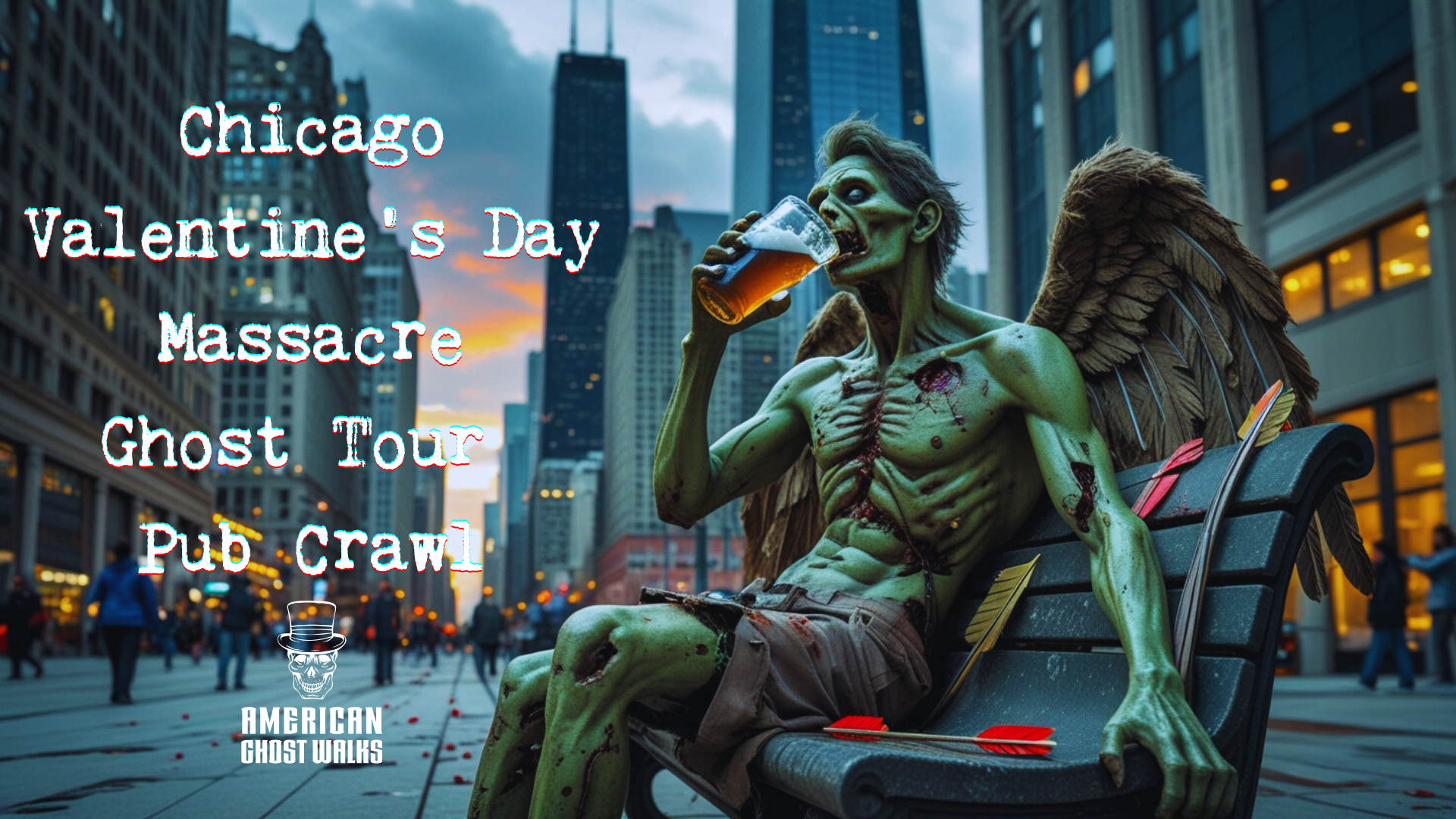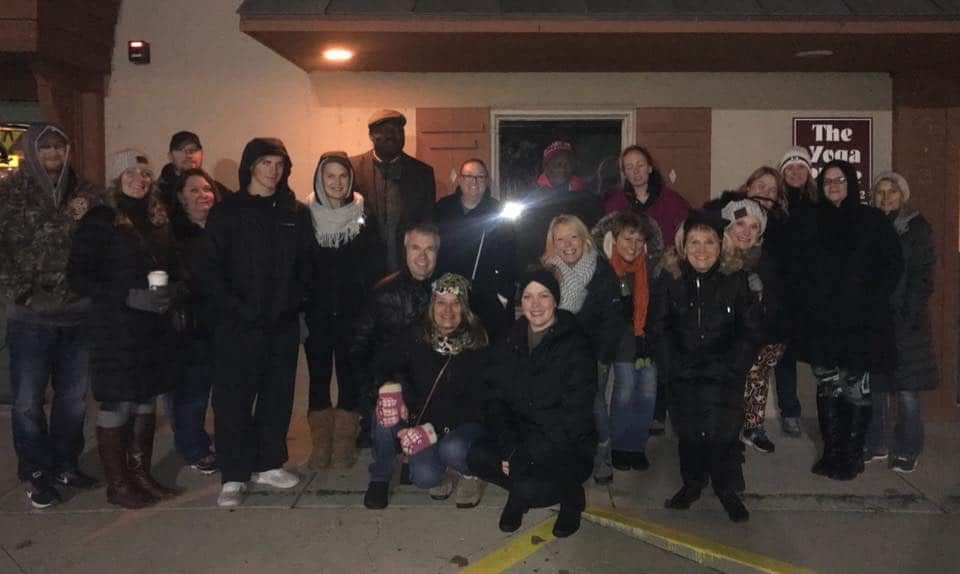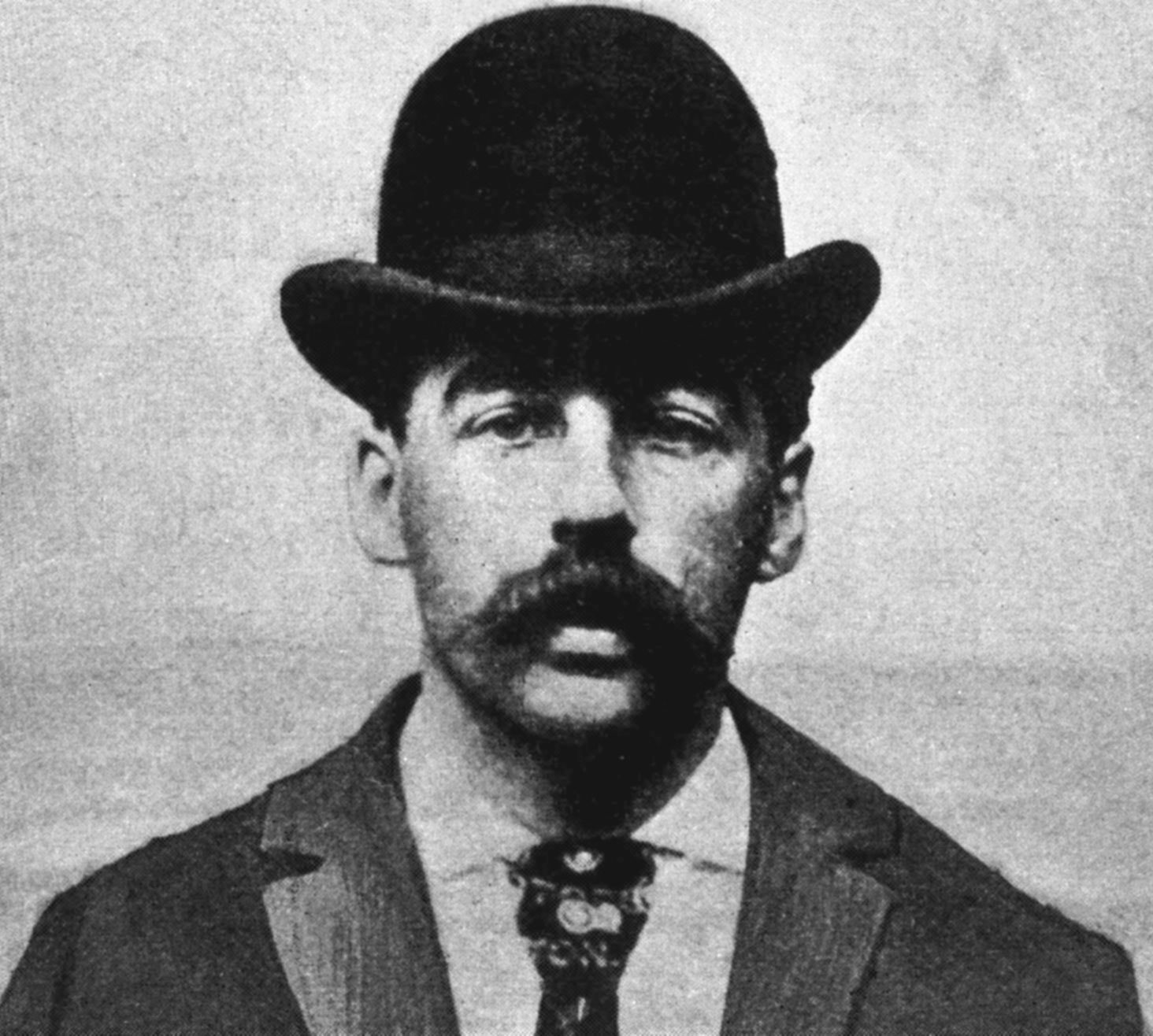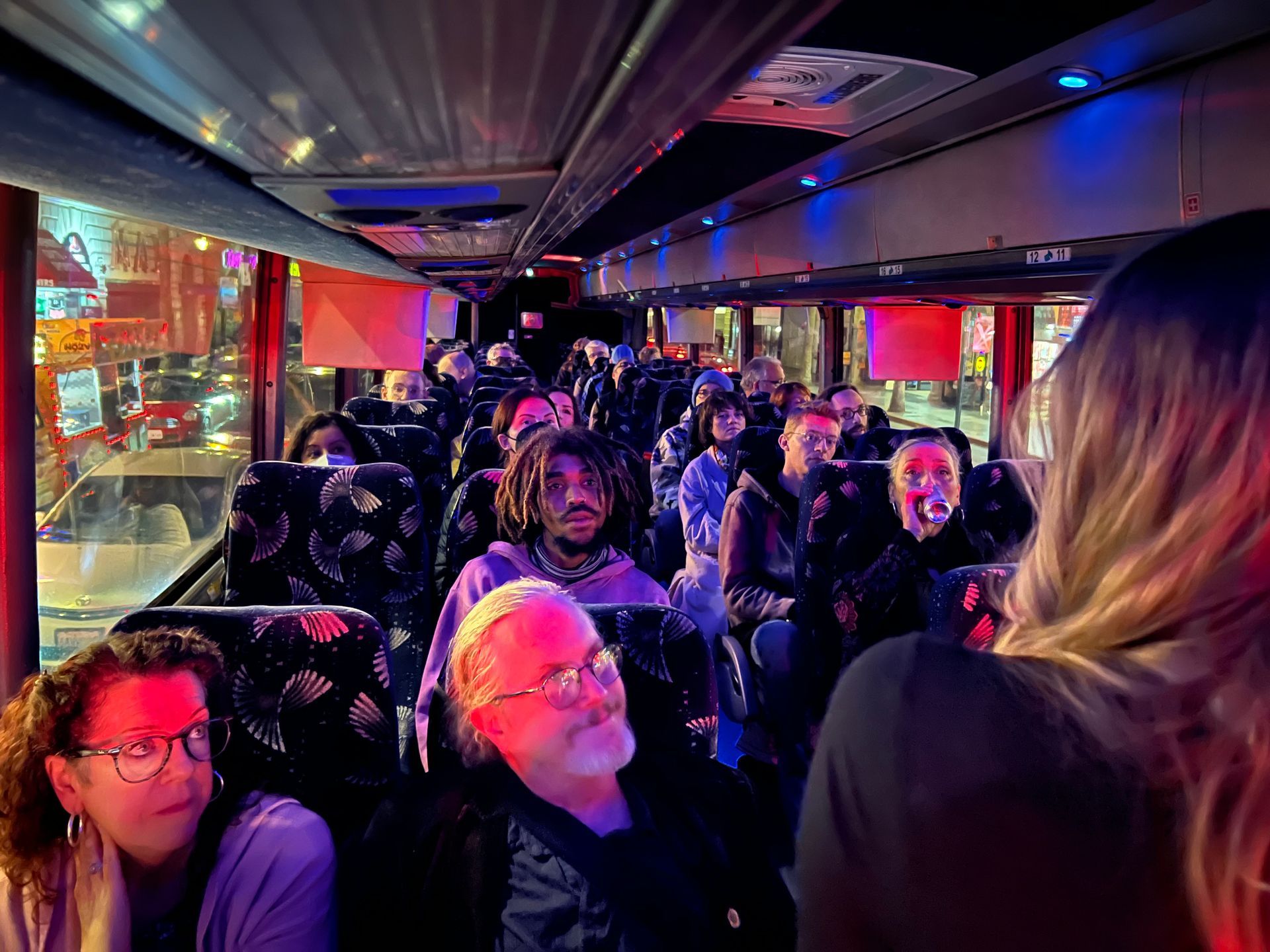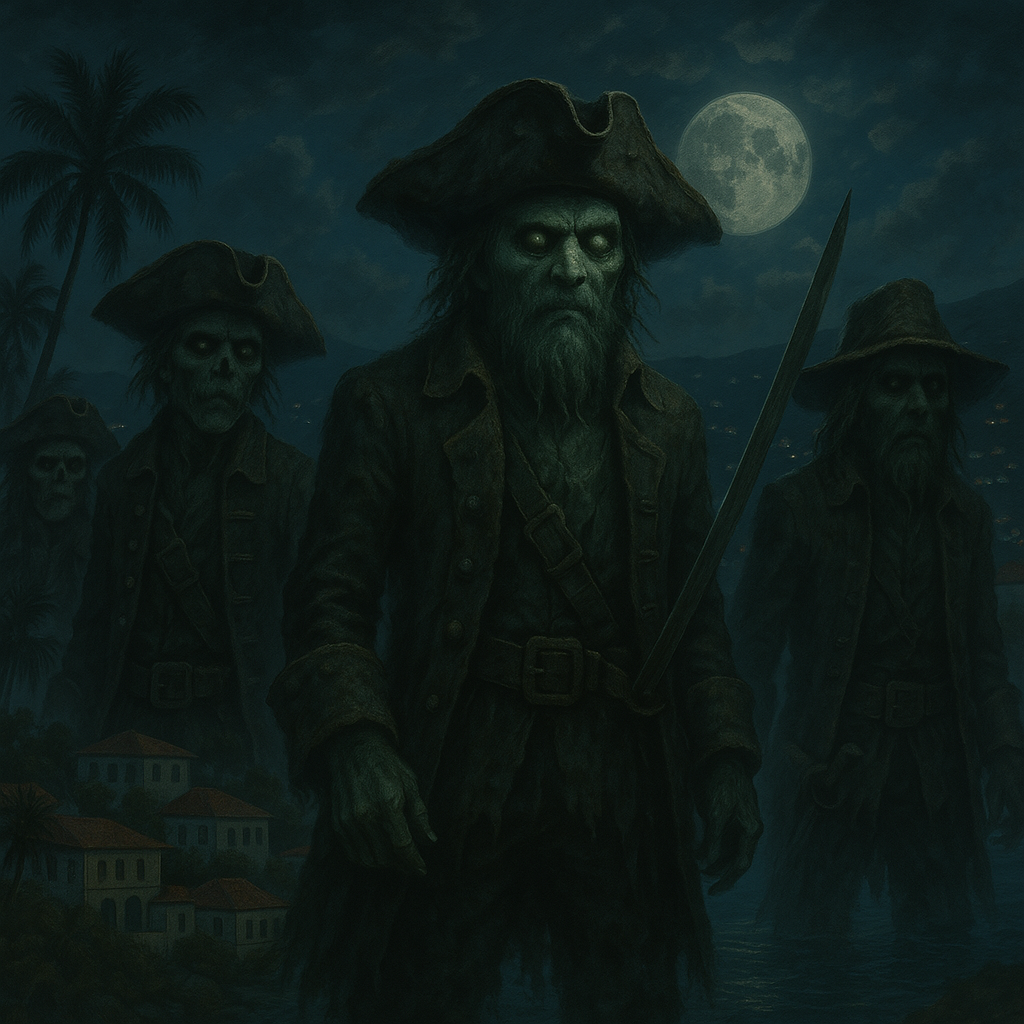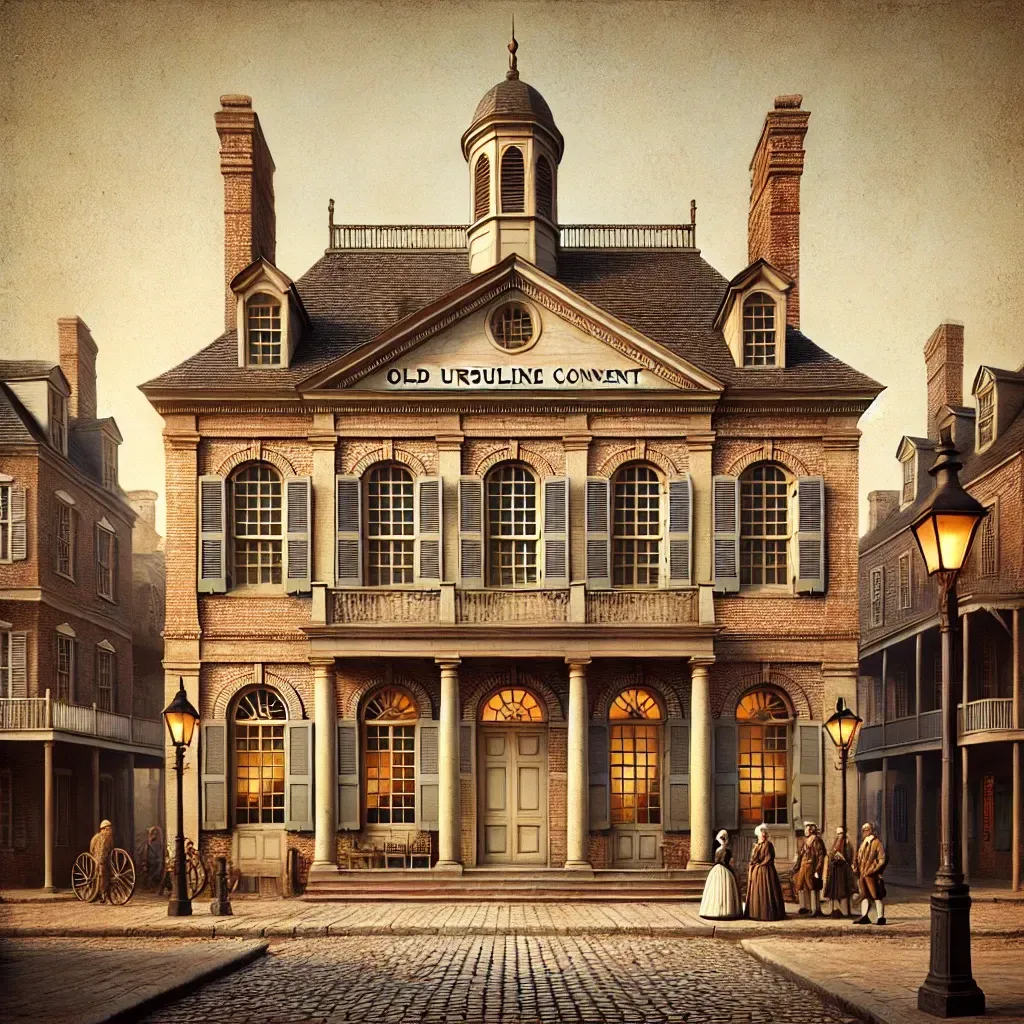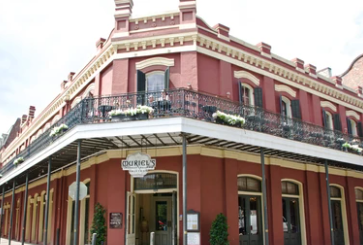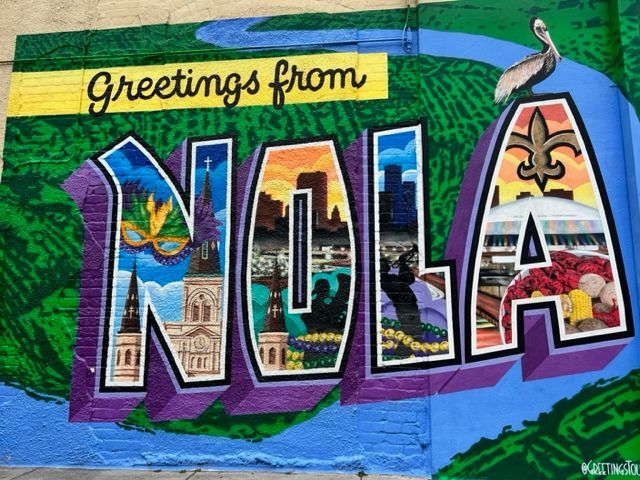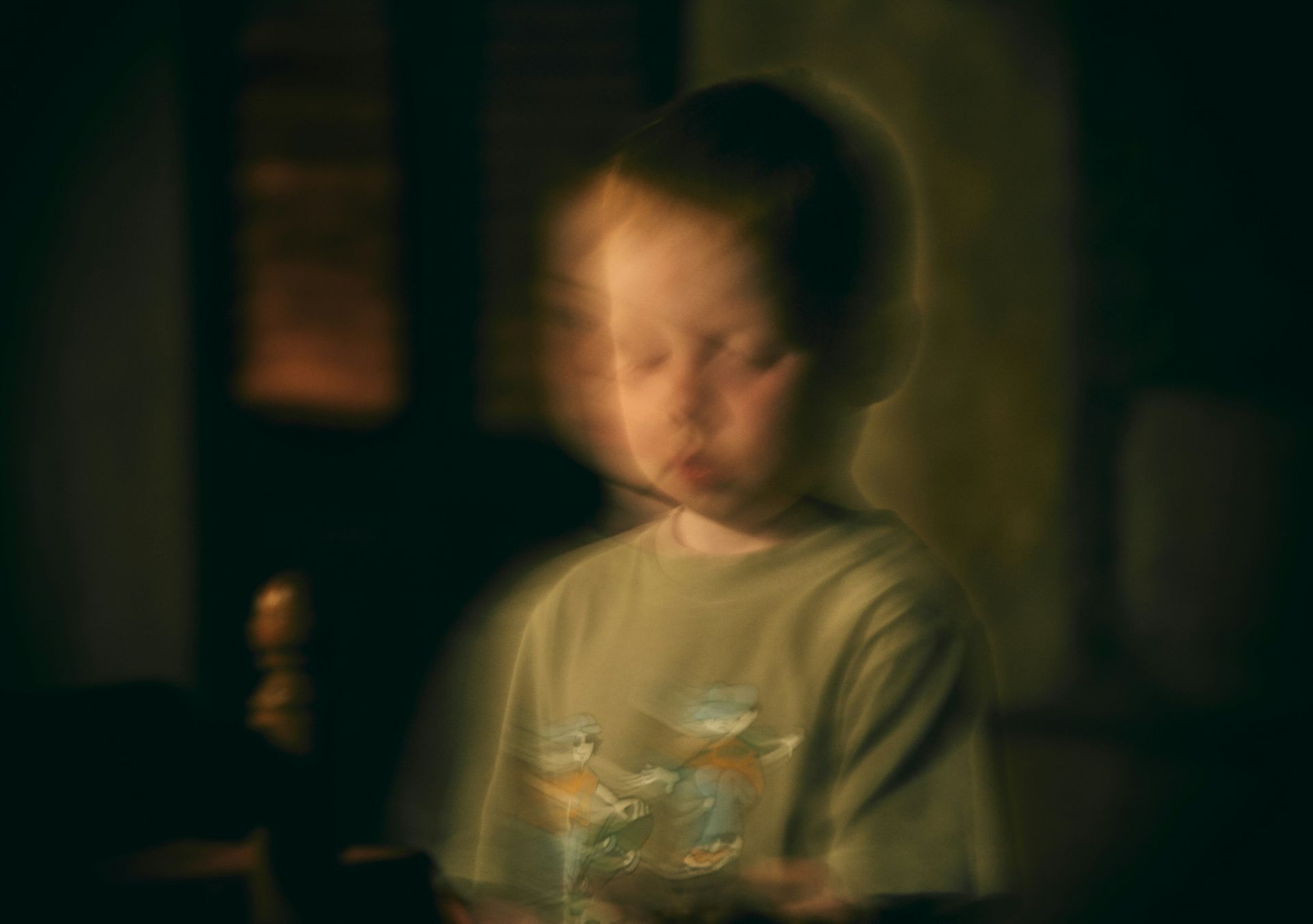The Psychic Legacy of Upton Sinclair
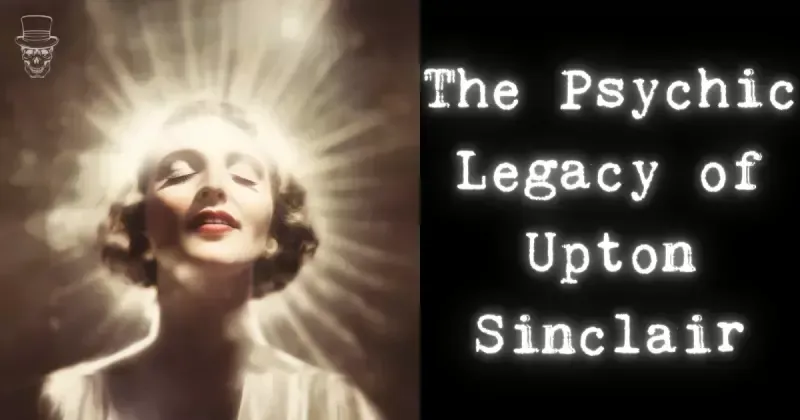
Upton Sinclair and Workers' Rights
Upton Sinclair was a prominent American writer and social activist from the early 20th century. He is best known for his book, *The Jungle*, which exposed the terrible working conditions and unsanitary practices of the meatpacking industry.
On our Devil In the White City haunted history bus tour, we visit the Union Stockyards gate to discuss the history of Chicago. Once the center of Chicago’s meatpacking district, Sinclair worked incognito in the meatpacking plants for almost two months to gather intel for his novel.
Once the novel was released, it caused a public outcry and led to the passage of the Pure Food and Drug Act and the Meat Inspection Act, which established federal inspection of meat products and improved food safety.
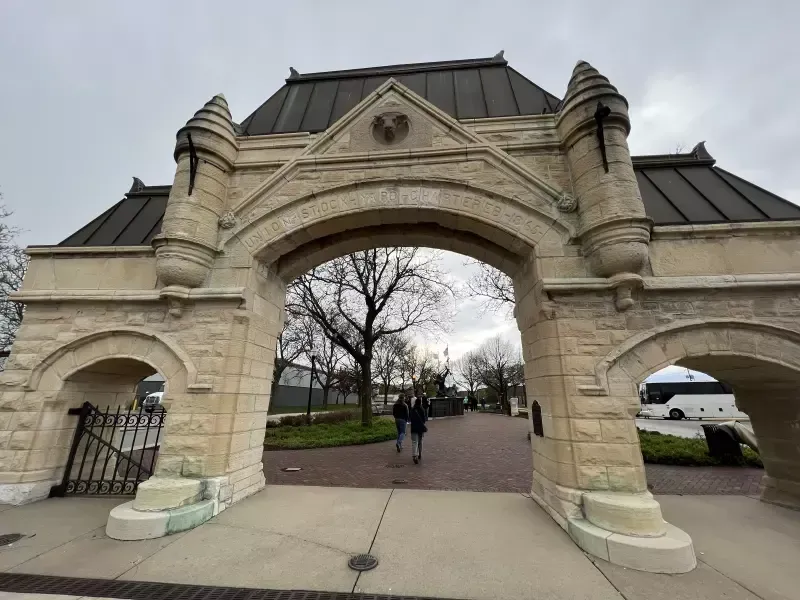
However, Sinclair was a prolific writer who wrote over 90 books throughout his career including novels, non-fiction works, and plays. Sinclair was a strong advocate for the working class and a socialist. In fact, another socialist author you might have read, Jack London from The Call of the Wild fame, called Sinclair’s The Jungle "the Uncle Tom's Cabin of wage slavery.”
Upton Sinclair and Mental Radio

However, labor rights weren’t the only thing that Sinclair was interested in. Sinclair and his wife, Mary Craig Sinclair, were fascinated with psychic powers after experiencing a healing with a “laying on of hands” in England early on in their relationship.
Craig had always felt she had some kind of Sixth Sense when she was young, but after she turned forty in 1922, she felt that she was receiving too much psychic input that it was damaging her and she devoted herself to learning “mental control”. Then in the late 1920s, they made friends with a psychic in Southern California who had convinced them that anyone could have psychic powers. After seeing anecdotal evidence of his wife’s powers in action a few times in their private lives, Upton Sinclair decided to test his wife’s claims in a systematic way, and this investigation formed the basis of his book, Mental Radio. Published in 1930, this book provides a fascinating account of the early days of psychic research and the challenges faced by those who sought to prove the existence of these phenomena.
The Experiments
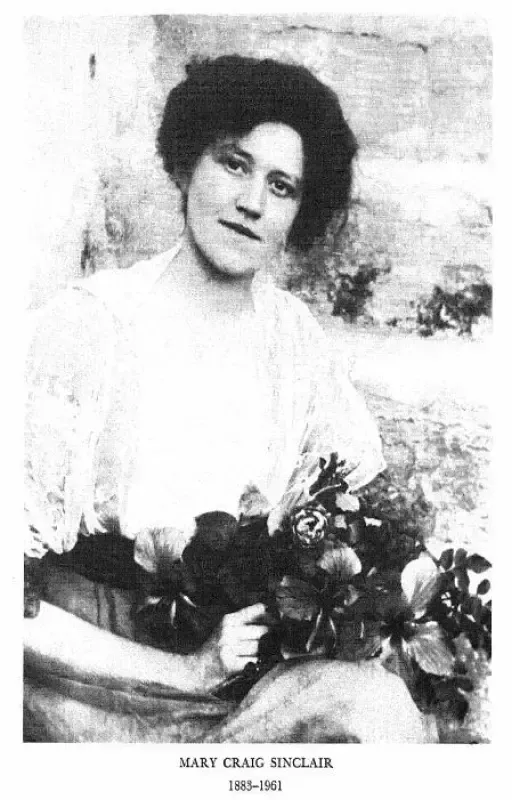
In the book, Sinclair describes their methodology to see if they could create a mental radio with a sender and a receiver. As Mary herself wrote in an appendix to the book:
If telepathy is real, I said, then my mind is not my own. I’m just a radio receiving set, which picks up the thoughts of all the other creatures of this universe. I and the universe of men are one.
One of their experiments is that Sinclair’s brother-in-law developed a daily routine starting with an hour drawing a simple object, such as a fork, an ink-bottle, a duck or a basket of fruit. He then spends the next 15 minutes focusing intently on visualizing the object. During this time, he does not let his mind wander and ensures that he concentrates solely on the object in his mind's eye.
At her house, Mary engages in a different mental exercise. She lies down on a couch and relaxes her body while attempting to visualize any images that come to her mind. She tries to focus on the images and record them as soon as possible, along with a drawing of what she has seen.
Another experiment would be Mary Sinclair placing drawings that were encased in a piece of paper and then put in sealed envelopes on her body and she would concentrate and try to describe what she was seeing.
Evidence and Conclusions
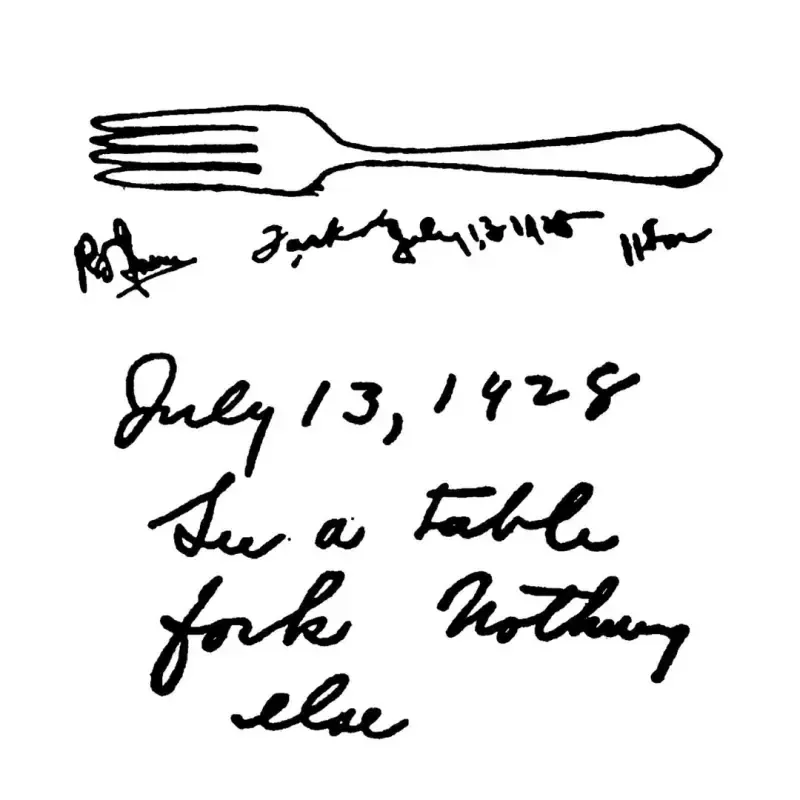
Sinclair wrote in his book that he believes his wife successfully duplicated 65 of the pictures, had 155 "partial successes" and 70 failures. A 22% hit rate with a 53% partial hit rate would be the kind of success that the scientists in Stranger Things would dream of. Sinclair himself wrote:
Telepathy is real; it does happen. Whatever may be the nature of the force, it has nothing to do with distance, for it works exactly as well over forty miles as over a few feet. And while it may be spontaneous and may depend upon a special endowment, it can be cultivated and used deliberately, as any other object of study, in physics and chemistry.
Reception and Criticism
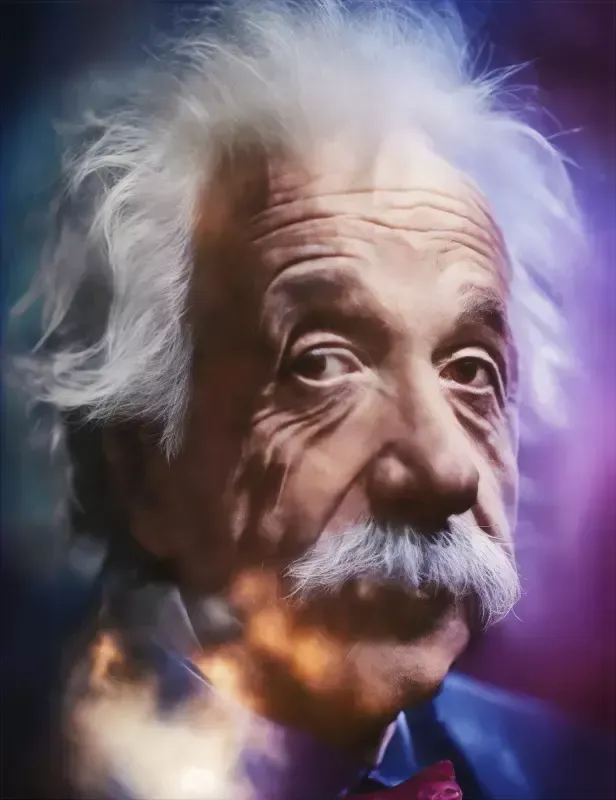
The experiments were met with both support and criticism. While some, such as Albert Einstein (who actually wrote a preface to the German edition of the book!) and psychical researcher Eleanor Sidgwick, found the results to be compelling evidence of telepathic communication, others dismissed the experiments as flawed and inconclusive.
Martin Gardner, a well-known skeptic and science writer, was highly critical of the Sinclair Telepathy Experiments. Gardner argued that the experiments were poorly designed, and that the results could be explained by chance guessing or other factors. He also criticized the Sinclairs for failing to take adequate precautions to prevent fraud or deception.
However Walter Prince, a prominent psychical researcher, defended the Sinclair Telepathy Experiments in Scientific American. Prince argued that the experiments were carefully conducted, and that the results could not be easily explained away. He also pointed out that the Sinclairs had taken numerous precautions to prevent fraud or deception, including sealing the drawings in envelopes and keeping them out of Mary Craig Sinclair's view. At the time, even the editor wrote in an addendum at the top of the article,
“in the meanwhile, even the empirical tests such as Dr. Prince here describes with such interest on more than sufficient to claim our attention. In the final analysis, acceptance or rejection of such tests must remain largely a matter of individual mentality. If the reader accepts we should not criticize him. If he rejects, we should not quarrel with him. In our own opinion, telepathy, standing alone, is at least tentatively acceptable.”
An Iconoclastic Life
Despite the controversy surrounding his psychic research, Upton Sinclair's contributions to workers' rights cannot be denied. His book, The Jungle , played a significant role in improving food safety in the United States. As Mental Radio demonstrates, in addition to his social activism, he wasn't afraid of criticism or exploring new phenomena.
In 1935, he was even contacted by J.B Rhine, who led the Duke Parapsychology Laboratory, and developed much of the modern methodology bwhind ESP experiments. Rhine asked the author if he would test his wife with the newly developed Zener Deck. A deck of cards with five symbols where the cards are drawn and a sender tries to send the symbol to a receiver, the deck was made famous by Bill Murray in Ghostbusters as Doctor Venkman doing an experiment on an attractive coed with no psychic ability and an ill-fated male student who was much more telepathically successful.
Of course, Upton wrote back to Dr. Rhine that Mary Craig had guessed the cards perfectly. In fact, the letters as well as Sinclair’s Zener Deck are still in the Upton Sinclair collection at Lilly Library at Indiana University.
Find Your Next Paranormal Experience
The Devil in The White City Ghost Bus Tour
Learn MoreLA Hauntings Ghost Bus Tour
Learn More